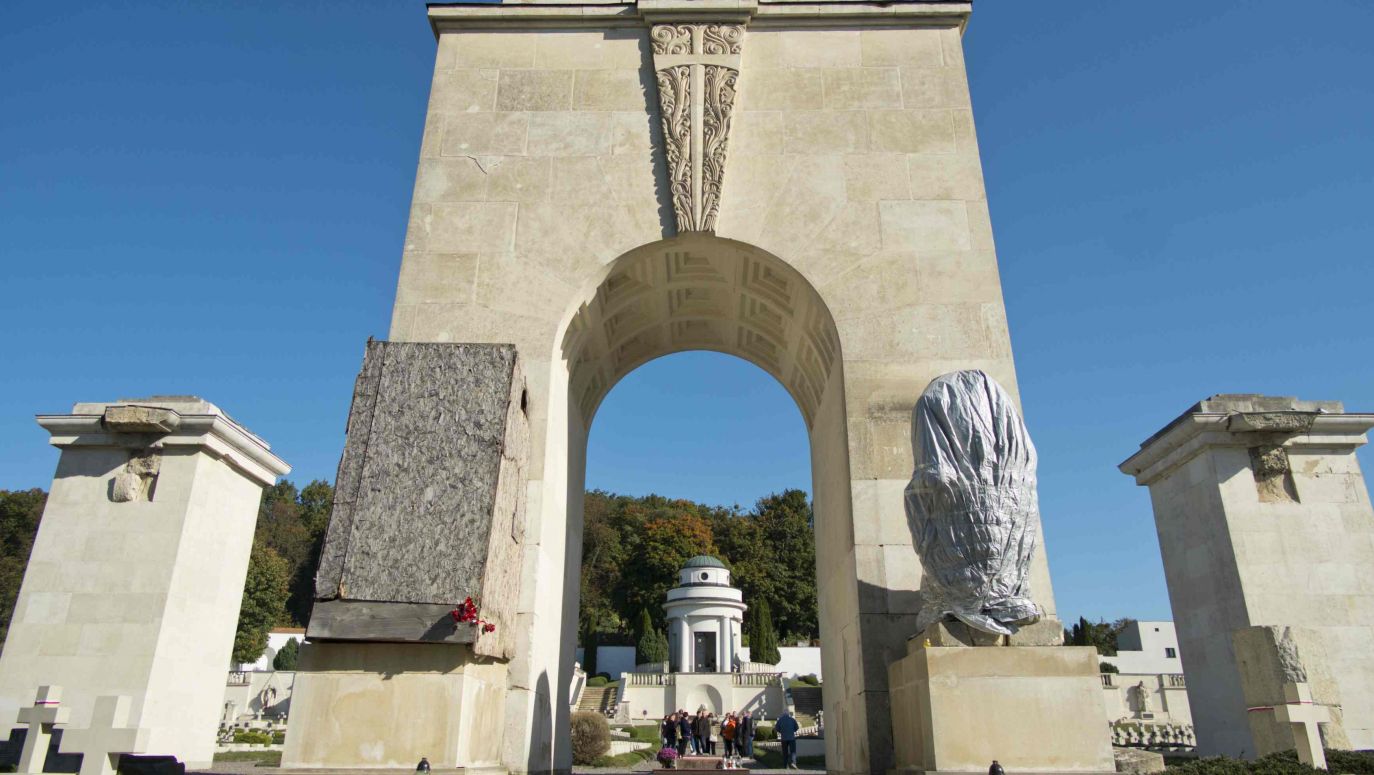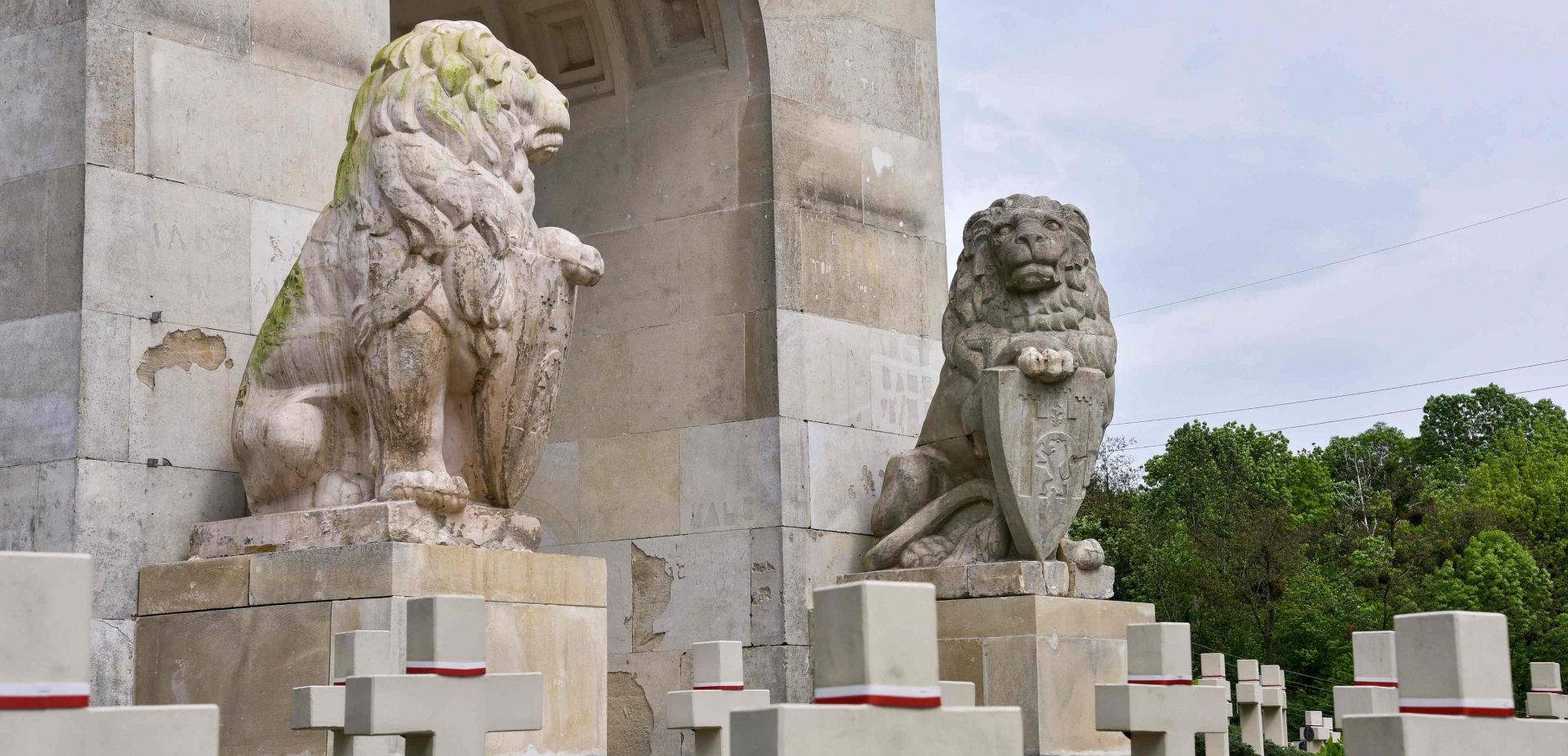
In 1971 tanks, bulldozers and excavators invaded the Cemetery of the Defenders of Lwów. The colonnade was destroyed, caterpillars were crumbling gravestones; attempts were made to knock down the arch and pylons with the use of steel ropes attached to the tanks. The devastators shelled the arch and pylon inscriptions so they would be illegible.
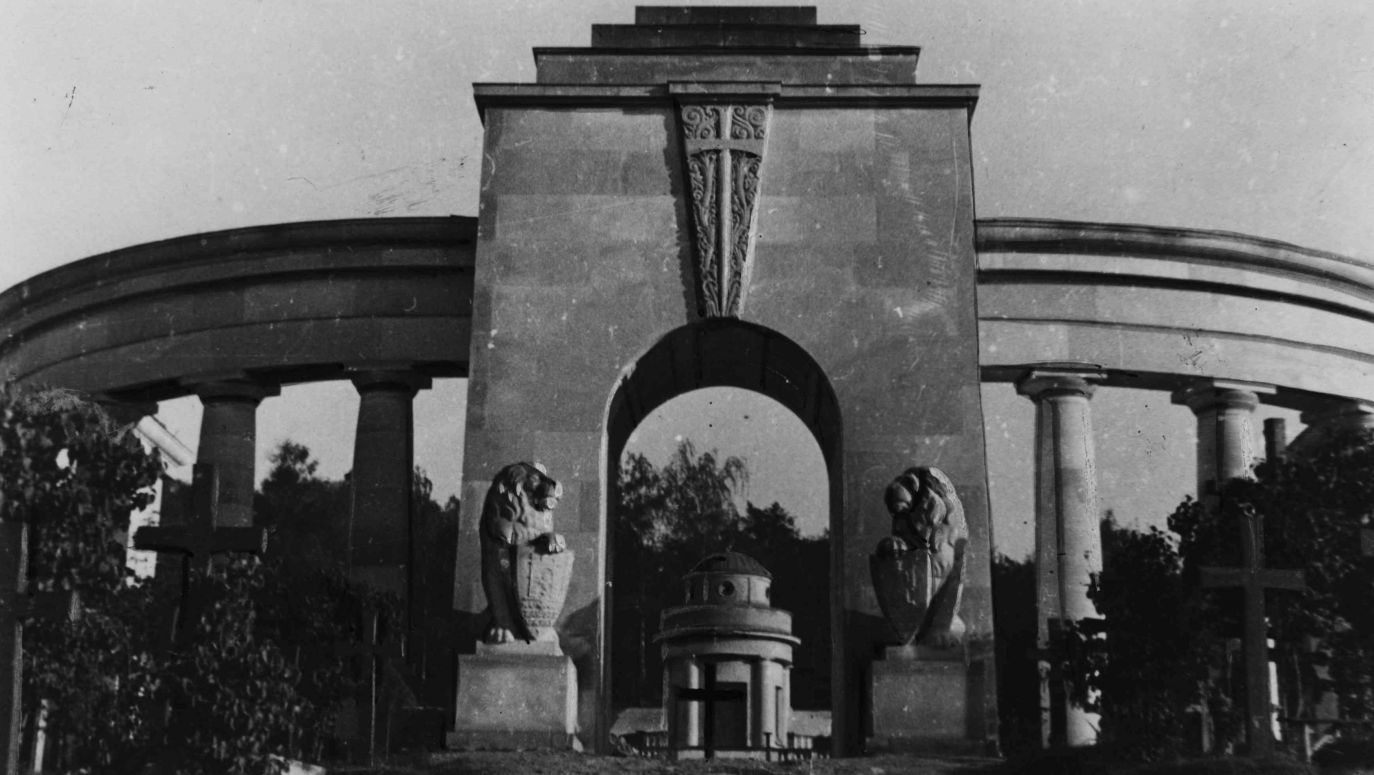
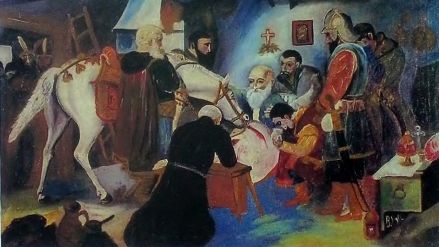
Petro Konashevych-Sahaidachny – one of those heroes who would have to be dreamt up if they did not exist.
see more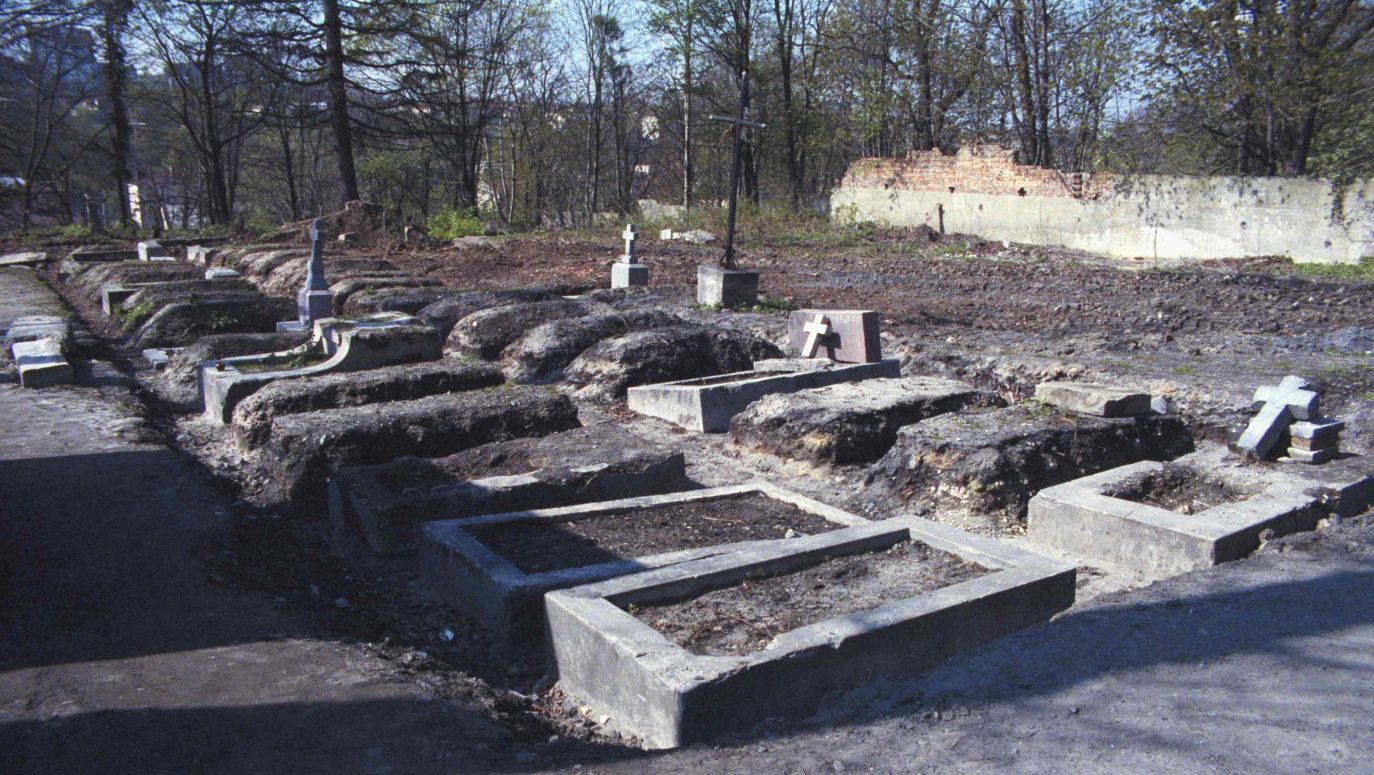
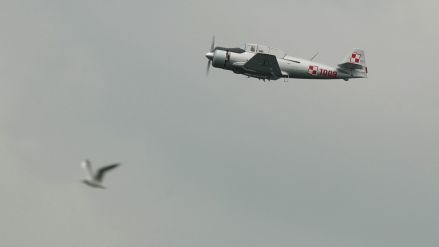
Polish pilots were fleeing the communist Poland using military aircraft.
see more